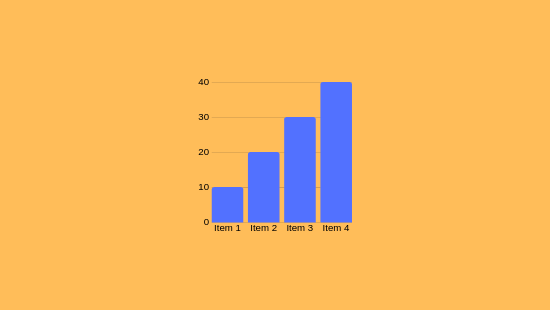Understanding the Functionality of Forex Indicators

As you explore forex measurements, you'll discover they're mathematical tools analyzing price and volume data to predict market behaviors. These instruments aid in signaling trends, confirming market cues, and detecting extreme market conditions scenarios. For instance, the Relative Strength Index (RSI) tracks market force, while Bollinger indicators measure variability. Enhancing your trade techniques by combining these metrics is crucial, especially if you aim to manage risk effectively.
Understanding Forex Indicators
Forex indicators are computational devices integrated in charts to assist traders in scrutinizing market dynamics and making informed decisions. They offer insights into price movements and potential trading opportunities by processing historical and real-time data.
Forex indicators are divided into four main types: trend indicators (e.g., Moving Averages), momentum indicators (e.g., Relative Strength Index), volatility indicators (e.g., Bollinger Bands), and volume indicators.
These instruments can signal reversals, confirm trends, or highlight overbought/oversold climates. If you're focused on refining your trading strategy, understanding these indicators is vital.
Categories of Forex Analytical Instruments
When assessing market trends, investors usually employ a selection of measures to guide their trading choices.
Forex indicators can be grouped into different types, each serving specific purposes.
Trend Indicators like Moving Averages (MA) and Bollinger Bands aid in uncovering movement patterns and possible price surges.
Momentum Indicators, including the Moving Average Convergence/Divergence (MACD) and Relative Strength Index (RSI), recognize shifts in price momentum and highlight overbought or oversold conditions.
Volatility Indicators like the Average True Range (ATR) quantify market variability, helping traders in setting stop-loss thresholds.
If used strategically, these tools can enhance trade outcomes.
Key Indicators for Trading Decisions
To effectively make trading decisions, grasping and utilizing key indicators that analyze market conditions is imperative.
Price Movements (MA) track mean trade values over determined timeframes, revealing trends by evening out variations.
The RSI measures momentum on a 0–100 scale, indicating excess buy above 70 and highlighting excessive sell below 30.
Moving Average Convergence Divergence analyzes two exponential moving averages to confirm the trend direction, with graphical representations illustrating bullish or bearish phases.
Bollinger Bands utilize variability measures around a moving average to determine volatility and potential reversals.
Retracement intervals denote support/resistance zones based on prior price movements.
Combining these measures enhances precision by verifying signals if congruent, facilitating precise timing here for currency pairs.
Using Indicators for Risk Management
As you fine-tune investment methods, effectively utilizing measurement tools for risk management is crucial. Indicators like Moving Averages and Bollinger Bands notice volatility and identify potential entry/exit points for risk minimization.
These instruments allow for exact stop-loss orders and limit orders, which are key for modulating potential losses.
For instance, using trade protections caps losses to a certain limit, such as 2% of your trading portfolio per trade. This measured strategy helps in managing trading risks by limiting exposure to fluctuations and leverage, which are significant challenges in forex trading.
Combining Indicators for Enhanced Accuracy
Combining indicators is a sophisticated strategy for elevating accuracy in forex trading. This approach allows for the use of diverse instruments to examine several facets of market behavior, such as trends, momentum, and variability.
By utilizing indicators like Moving Averages, RSI, and MACD, you can craft resilient trade schemes. Instance given, combining Moving Averages with RSI and Volume validates trend direction and momentum, while Bollinger Bands with Stochastic discovers volatile scenarios and possible reversals.
If indicators from separate categories work together, duplications are reduced, and trade signals are uplifted.
Final Thoughts
You've understood how forex indicators operate, covering their diversities like trend, momentum, and volatility tools. These elements aid in uncovering pivots and confirming trend continuity. Through combining tools, trading precision is boosted, and risk management is better managed. As an example, using the Relative Strength Index (RSI) to spot overbought conditions and Bollinger Bands to analyze fluctuation can refine your trade choices.